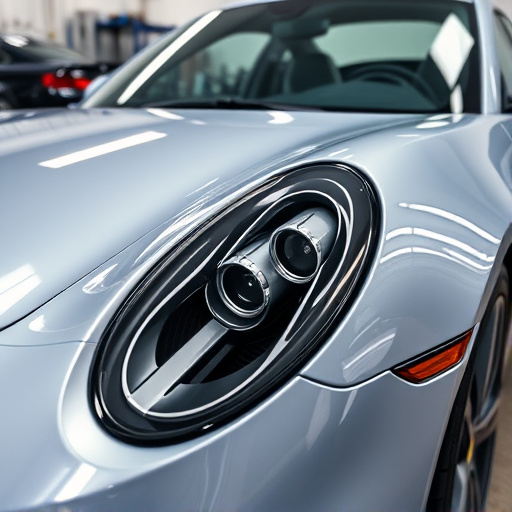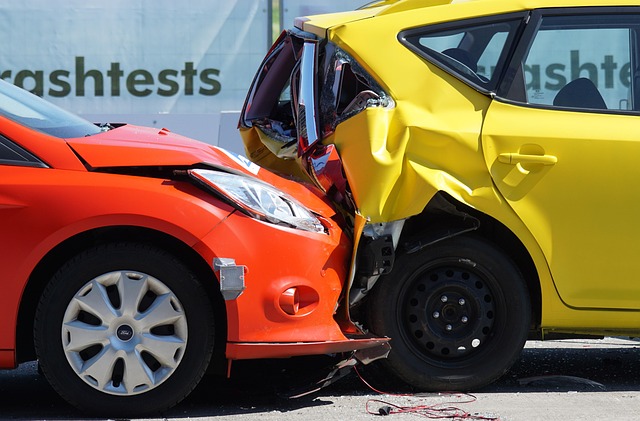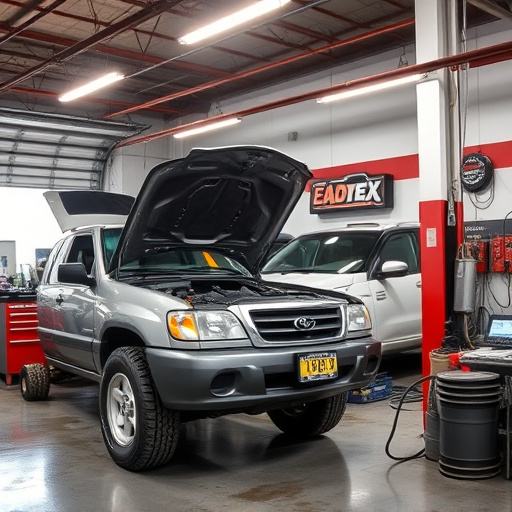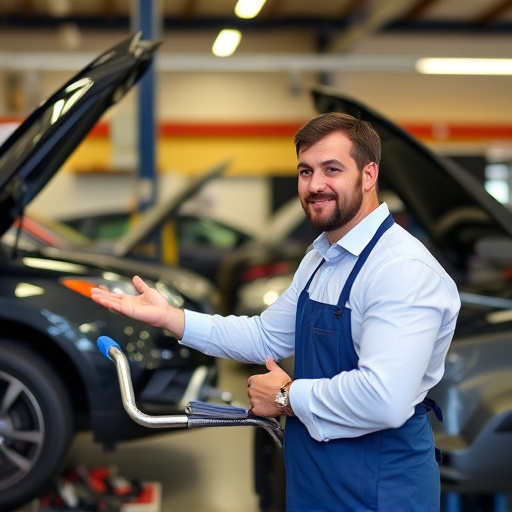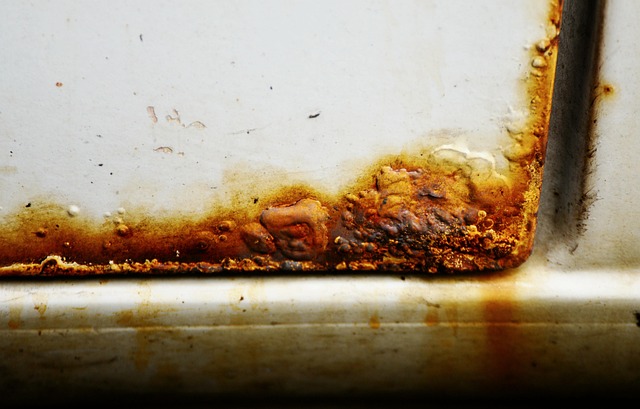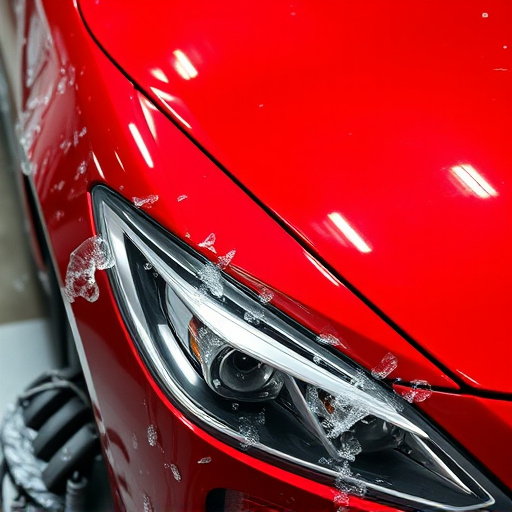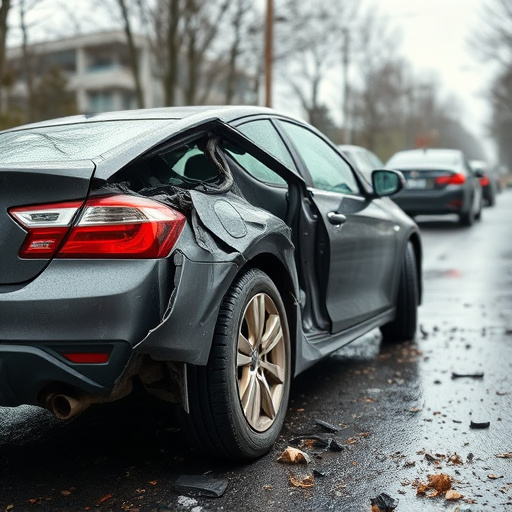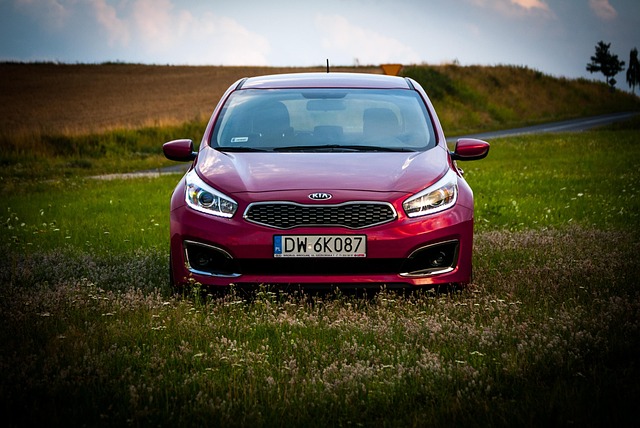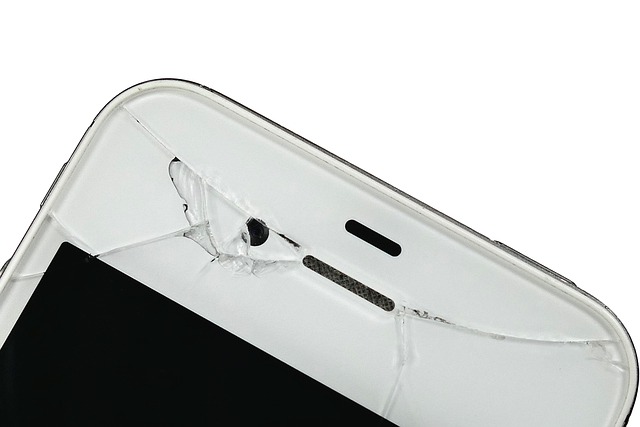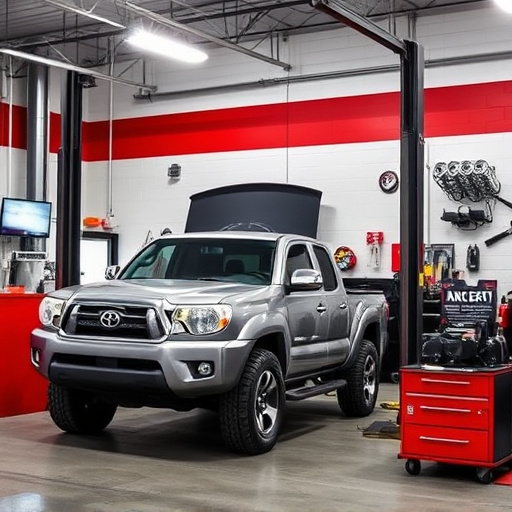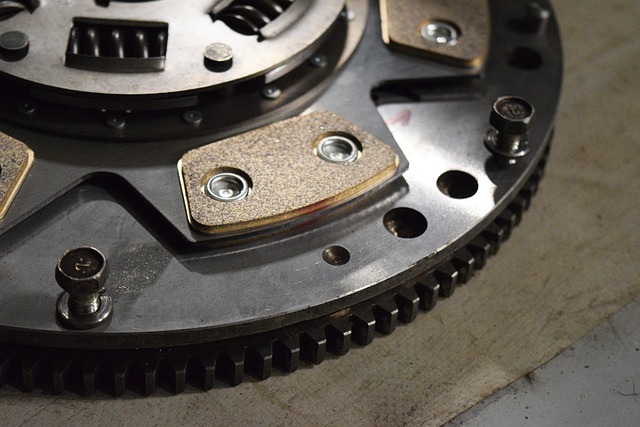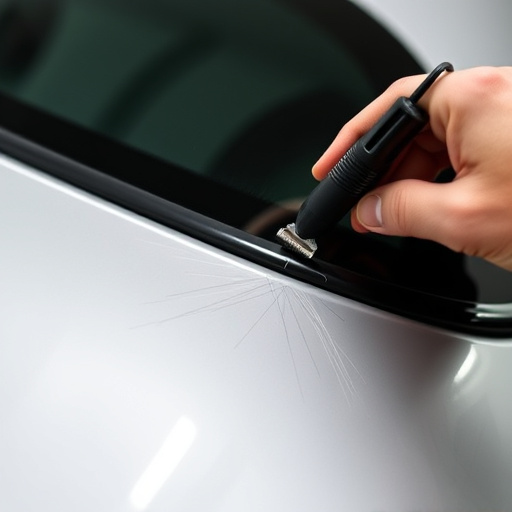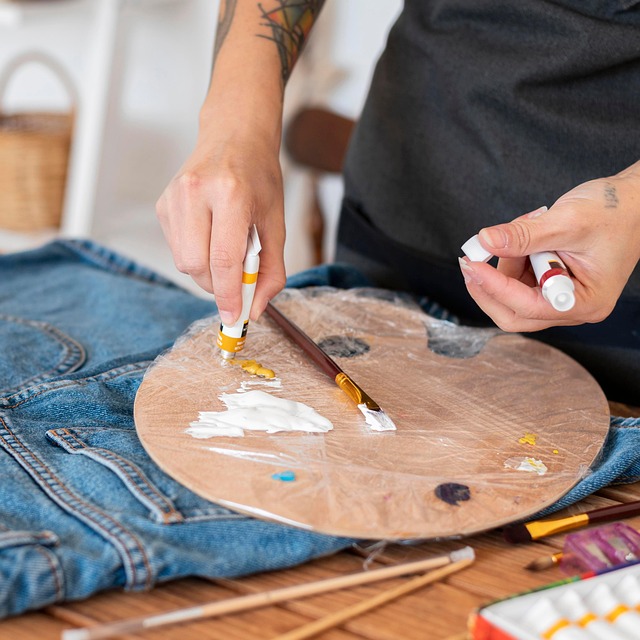Mercedes glass sensor calibration is a meticulous process that ensures optimal performance of sensors in a vehicle's windshield or windows. It fine-tunes these components to accurately measure and report critical parameters like pressure, temperature, and distance, enabling safety features such as cruise control, lane keeping assist, and automatic emergency braking systems. Proper calibration guarantees seamless integration between sensor arrays and driving assistance technologies. Technician training is crucial for interpreting calibration data, identifying issues, and making precise adjustments, enhancing the efficiency of auto body services and dent repair processes. Maintaining accurate Mercedes glass sensor calibration involves best practices like using calibrated tools, adhering to manufacturer guidelines, regular checks, a systematic approach, and ongoing technician training.
In the realm of automotive precision, Mercedes glass sensor calibration stands as a cornerstone of safety and performance. This process, involving intricate adjustments to sensors monitoring vehicle windows, demands meticulous attention. The article delves into the fundamental understanding of Mercedes glass sensor calibration, underscoring the pivotal role of technician training in ensuring accuracy. By exploring best practices and tips, it equips professionals with the knowledge to maintain these sensitive systems effectively.
- Understanding Mercedes Glass Sensor Calibration: The Basics
- The Significance of Technician Training in Ensuring Accuracy
- Best Practices and Tips for Effective Glass Sensor Calibration
Understanding Mercedes Glass Sensor Calibration: The Basics
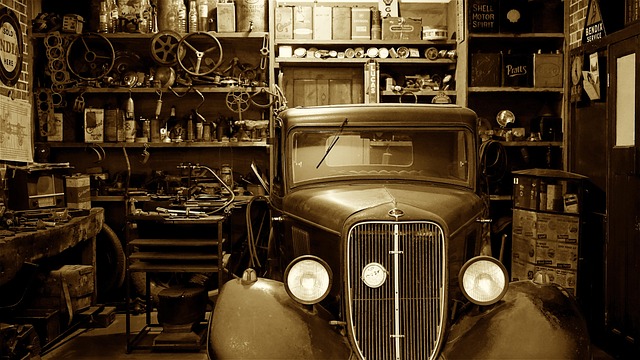
Mercedes glass sensor calibration is a precise process that ensures the accurate measurement and functioning of sensors within a vehicle’s windshield or windows. It involves adjusting and fine-tuning these sensors to provide reliable data on various parameters, such as pressure, temperature, and distance. This is crucial for safety features like cruise control, lane keeping assist, and automatic emergency braking systems.
Proper calibration guarantees that the vehicle’s sensor array operates seamlessly with other components, enhancing driving assistance technologies. For instance, in a scenario of sudden changes in weather conditions or road obstacles, accurate sensor readings enable these safety systems to react swiftly and effectively. This is where technician training plays a vital role; it equips professionals with the knowledge and skills to interpret calibration data, identify anomalies, and make necessary adjustments, thereby contributing to the overall efficiency of auto body services and vehicle dent repair processes that rely on reliable sensor performance.
The Significance of Technician Training in Ensuring Accuracy
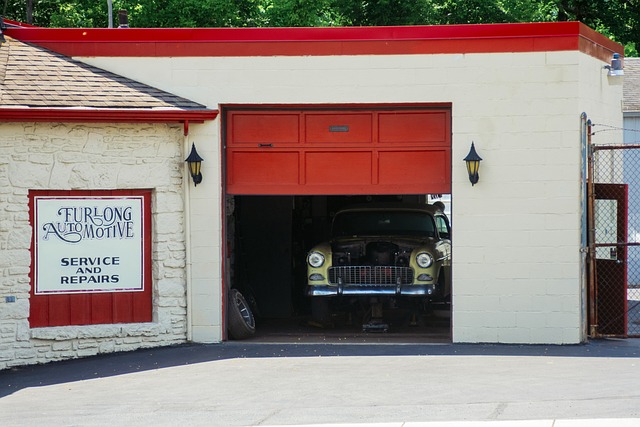
The training of technicians plays a pivotal role in maintaining the accuracy of Mercedes glass sensor calibration. Skilled and knowledgeable technicians are essential to ensuring that sensors function optimally, as they possess the expertise to interpret data accurately and make precise adjustments. Proper training equips them with the skills to identify potential issues, allowing for early detection and correction, which is crucial for preventing inaccurate readings.
In the context of Mercedes glass sensor calibration, technician training goes beyond basic knowledge. It involves understanding the intricate mechanisms of various sensors, learning how to use advanced tools for calibration, and gaining hands-on experience in different vehicle models. This comprehensive approach ensures that technicians can handle a wide range of issues related to tire services, car paint repair, or other vehicle repair services, ultimately contributing to the overall precision and reliability of the calibration process.
Best Practices and Tips for Effective Glass Sensor Calibration
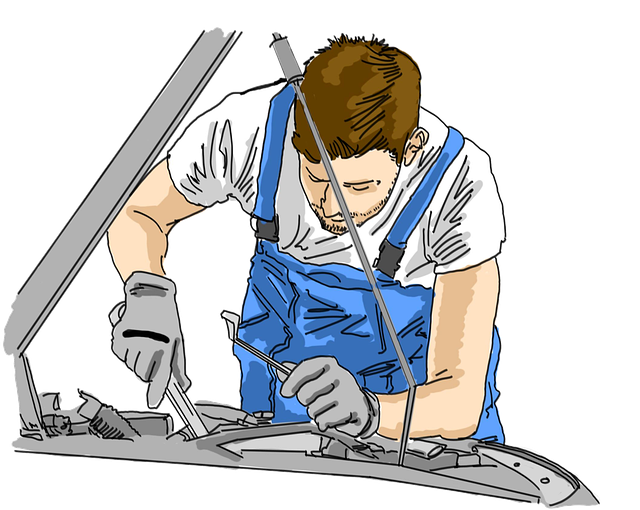
Maintaining accurate calibration is paramount when it comes to Mercedes glass sensor calibration, ensuring optimal performance in modern vehicles’ advanced systems. To achieve this, technicians should adhere to best practices such as using calibrated tools and reference standards, following manufacturer guidelines rigorously, and performing regular checks on both the sensors and the equipment used for calibration. Environmental factors like temperature and humidity must also be considered, as they can influence sensor readings.
Effective calibration involves a systematic approach. This includes preparing the workspace by ensuring a clean, controlled environment, documenting each step meticulously for traceability, and verifying results with cross-checks. Regular training sessions focused on the latest calibration techniques and technology are invaluable for technicians, enabling them to stay updated with industry advancements. Think of it as an auto body services expert honing their skills in car paint repair—continuing education ensures they can deliver precise, high-quality Mercedes glass sensor calibration.
In conclusion, technician training plays a pivotal role in achieving precise Mercedes glass sensor calibration. By mastering the fundamentals outlined in this article, including best practices and effective tips, technicians can ensure accurate measurements every time. This not only enhances the overall quality control process but also guarantees that Mercedes vehicles equipped with these sensors operate at optimal levels, ensuring safety and performance.
